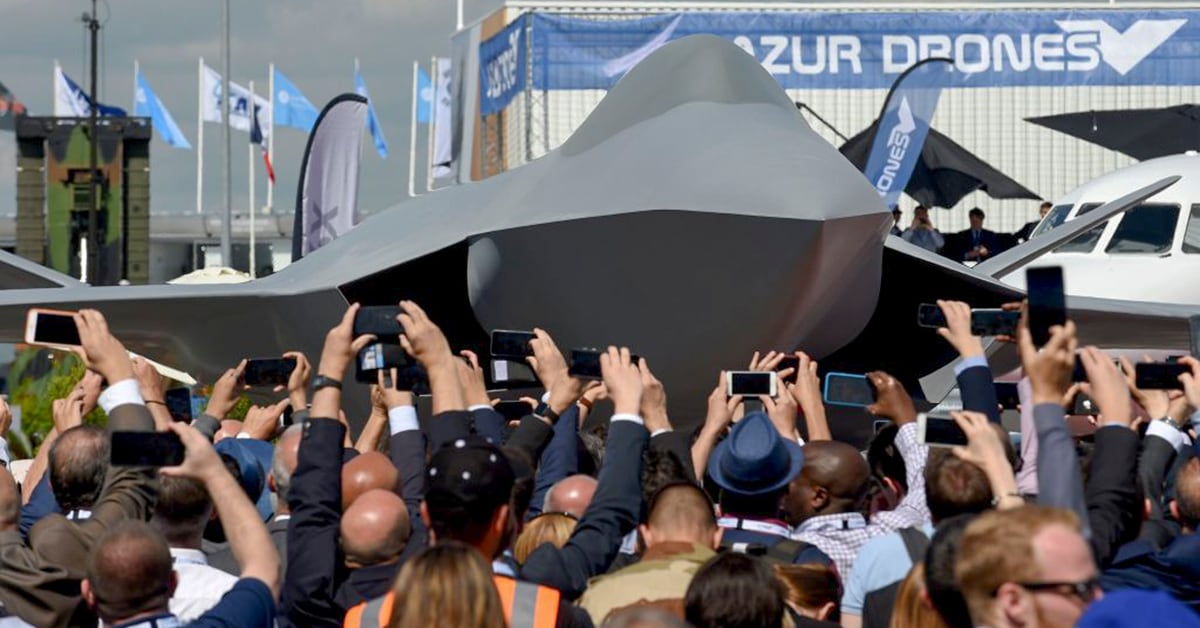COLOGNE, Germany — France and Germany this week advanced their joint combat aircraft program, signing an agreement that allows five technology demonstrations to move ahead.
The second iteration of the so-called Implementing Agreement covers work on the main aircraft of the Future Combat Air System, its propulsion system, accompanying drones, the data architecture and the simulation environment, according to a German Defence Ministry spokeswoman.
Florence Parly and Annegret Kramp-Karrenbauer, the French and German defense ministers, respectively, signed the document on Feb. 20. The Spanish deputy defense secretary, Angelo Olivares, also attended the signing ceremony to catch up on a program cooperation agreement signed by France and Germany last summer.
Spain joined the FCAS program after France and Germany had already launched it. With this week’s agreement covering work by French and German contractors only, Spain’s industry for now remains a spectator to what all countries involved say is a three-nation affair.
RELATED

The French military-acquisition agency, the Direction Générale de l’Armement, is in charge of awarding contracts to members of a binational pool of contractors headed by Airbus and Dassault. French contracting regulations apply because France is the program lead.
Program officials are still holding out on two additional areas of work — sensors and stealth — because opinions differ on how to proceed. In the case of sensors, officials believe they have enough time to first await developments on the European market. For stealth, there are different paths forward with respect to which elements should be made extra stealthy — the main aircraft itself, or one of the accompanying drone types, officials have said.
For France, the stealth calculus also entails the potential development of a separate, larger combat drone. If the FCAS main fighter is stealthy enough, Paris might forgo the development of such a platform, Maj. Gen. Jean-Pascal Breton, the program lead for the French Air Force, told reporters at an industry conference last November.
France and Germany each provide around $83 million for the new program stage, which is slated to last 18 months. The German Defence Ministry said it hopes the work will solidify estimates on cost and timing for the ambitious program.
Germany's Airbus and MTU as well as France's Dassault and Safran are equal leads for the main FCAS fighter, dubbed the Next Generation Weapon System.
Meanwhile, Airbus and Thales announced an agreement to develop the FCAS “combat cloud,” something akin to the weapon's brain for linking all elements together via a common data network.
“The Air Combat Cloud will in real time connect and synchronize all the platforms and enable the processing and distribution of information to enhance situational awareness and collaborative operations,” Airbus said in a statement.
The system must be open and secure enough to integrate partner nations and allies into future air operations, a key premise of FCAS.
Sebastian Sprenger is associate editor for Europe at Defense News, reporting on the state of the defense market in the region, and on U.S.-Europe cooperation and multi-national investments in defense and global security. Previously he served as managing editor for Defense News. He is based in Cologne, Germany.







